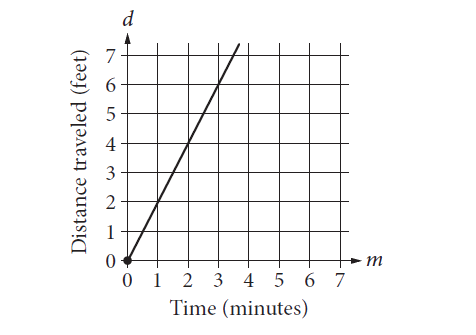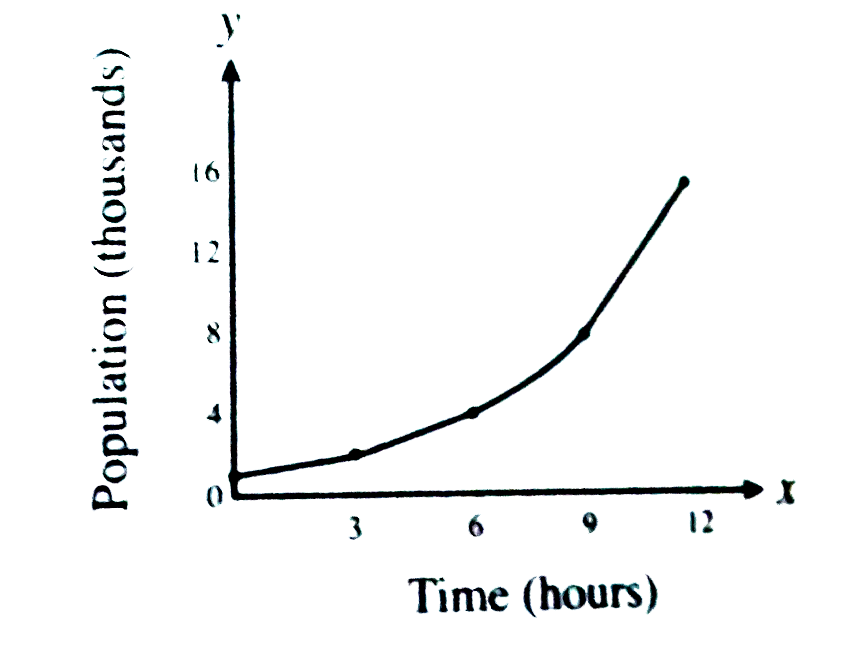
The graph above shows the size of a certain population after time t. Which of the following equations correctly shows y as a function of t ?
y=1,000t-2,000
The correct Answer is:B
Step by step video, text & image solution for The graph above shows the size of a certain population after time t. Which of the following equations correctly shows y as a function of t ? by Maths experts to help you in doubts & scoring excellent marks in Class 12 exams.
Updated on:21/07/2023Topper's Solved these Questions
Similar Questions
Knowledge Check
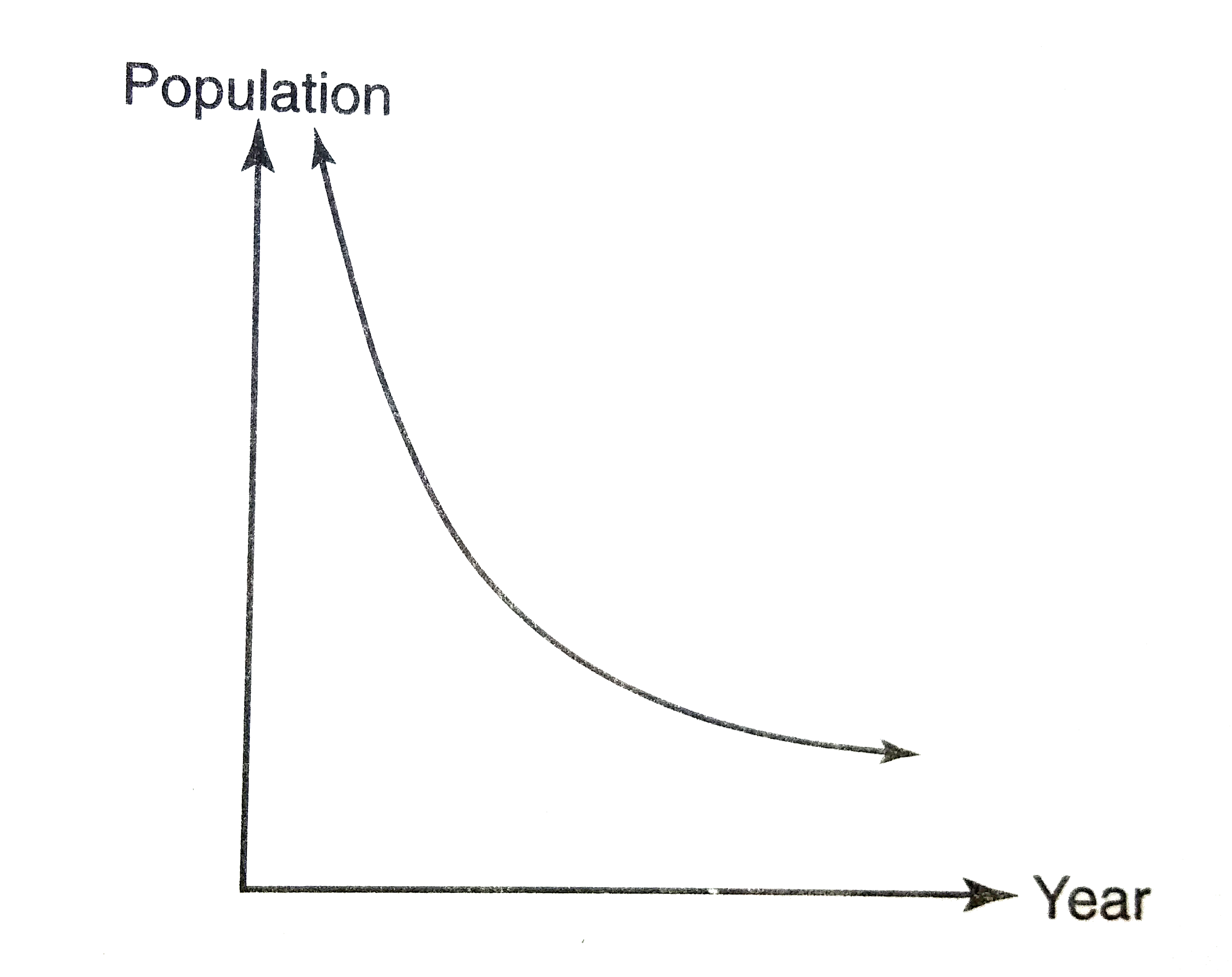
The graph above shows how the size of a country's population has changed over time. Which of the following are the most likely underlying reasons for the type of graph shown?AA moderate increase in annual birthrates and a liberal immigration policy.BA large increase in annual birhtrates and increased life expectancy rates.CA liberal immigration policy and a opportunities.DThe spread of a highly contagius fatal disease and a history of political strife and unrest.
The table above shows a few values of the linear function f. which of the following equations defines f?Af(x)=2x−3Bf(x)=−2x+3Cf(x)=−3x+2Df(x)=3x−2
The table above shows the population growth of certain bacteria over four seconds. Which one of the following equations shows the relationship between t and p, according to the table?Ap=3tBp=2t2Cp=2×3tDp=2×3t−1
A bob of mass m is connected by string of length L to point P. The system is released from rest with the pendulum bob in a horizontal position. Which of the following graph is correctly showing the variation of T (tension) with Ɵ?
View SolutionA body is at rest at x=0 . At t=0, it starts moving in the positive x−direction with a constant acceleration . At the same instant another body passes through x=0 moving in the positive x−direction with a constant speed . The position of the first body is given by x1(t) after time 't', and that of the second body by x2(t) after the same time interval . which of the following graphs correctly describes (x1−x2) as a function of time 't' ?
View SolutionSwitch S of the circuit shows in Fig. is closed at t=0. If e denotes the induced emf in L and i the current flowing through the circuit at time t, then which of the following graphs correctly represents the variation of e with i?
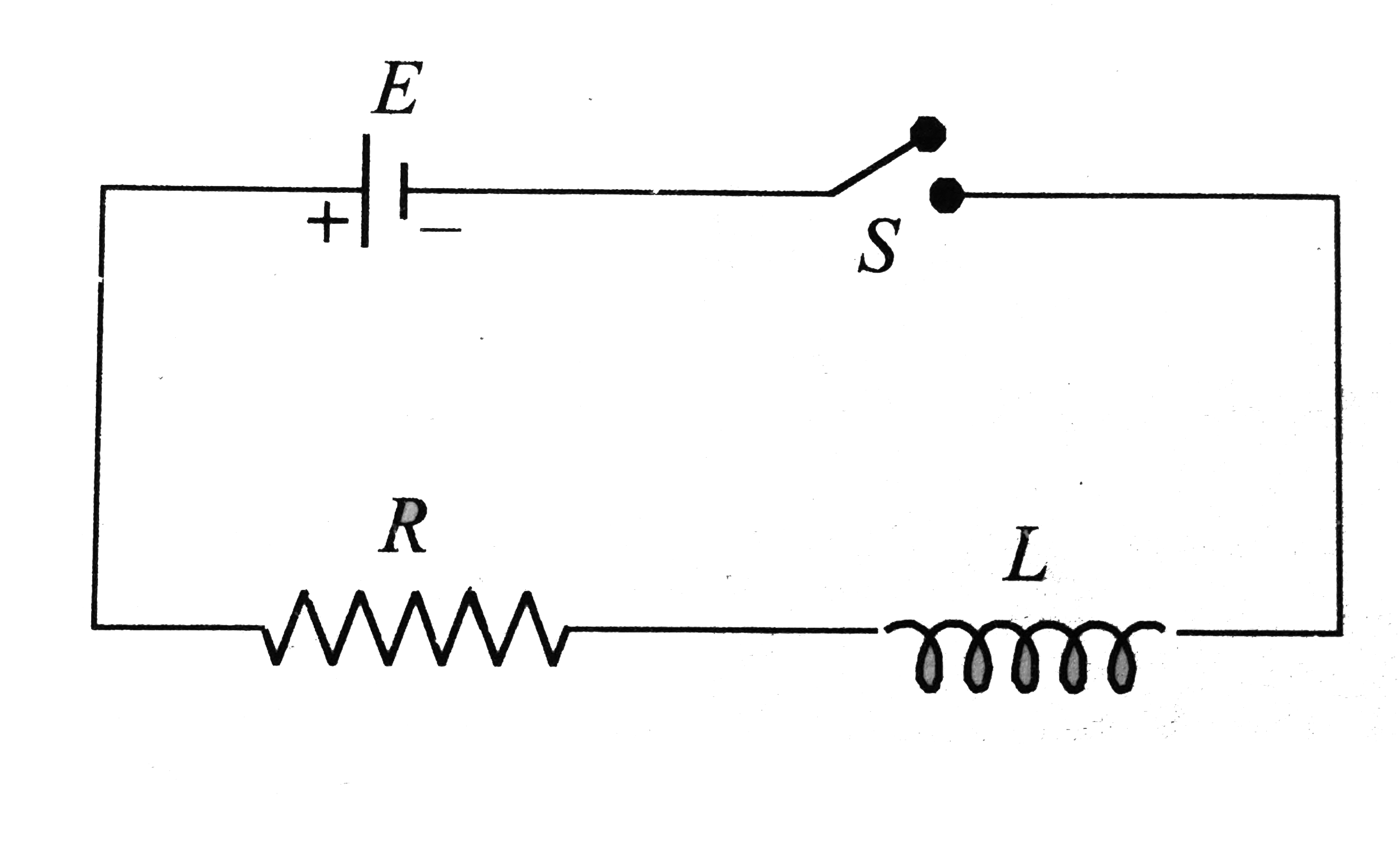
View SolutionThe initial velocity of a particle is x ms−1 (at t=0) and acceleration a is function for time, given by, a= 6t. Which of the following relation is correct for final velocity y after time t?
View Solution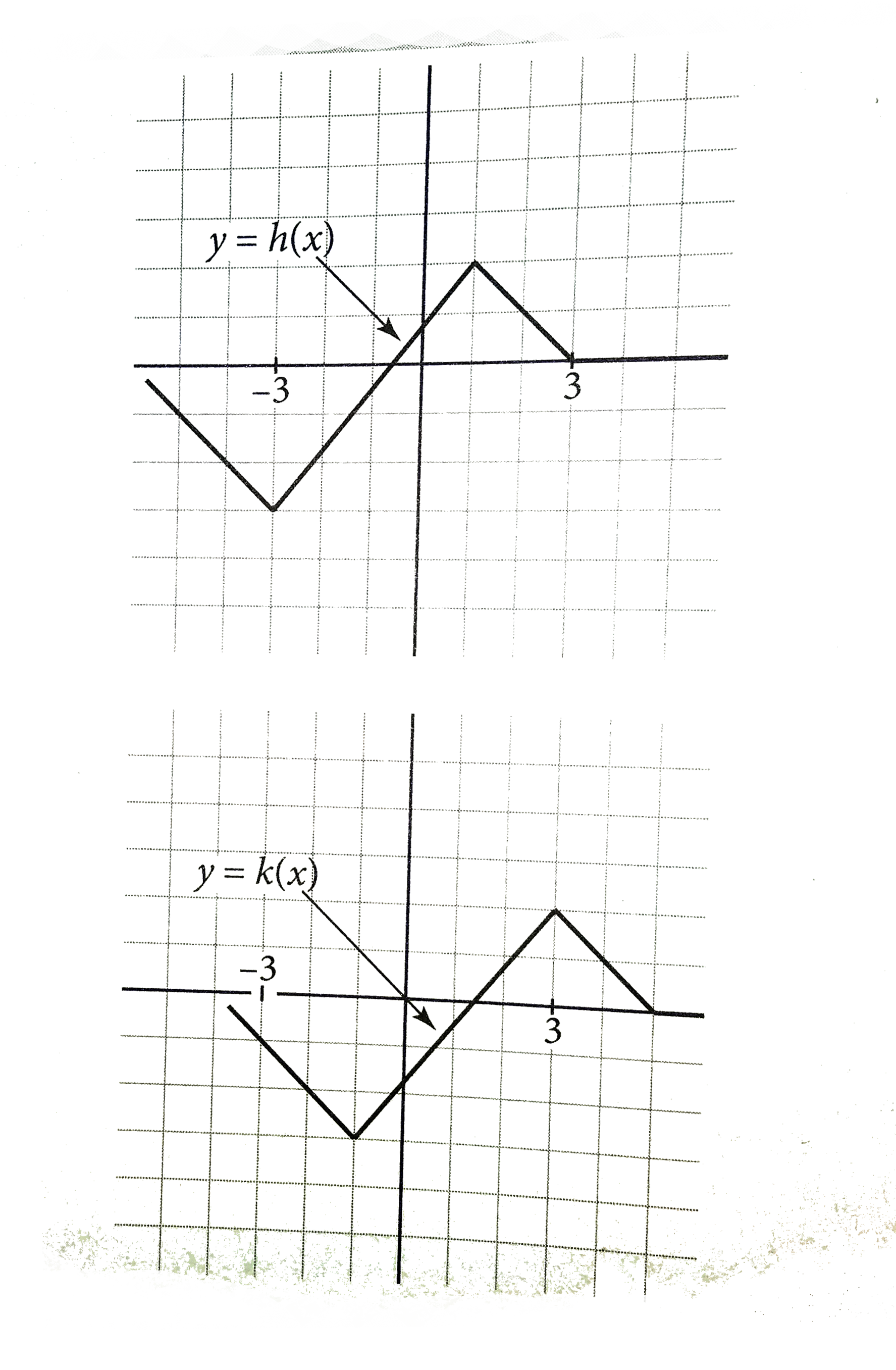
The graphs above show the complete functions h and k. which one of the following expresses k(x) in terms of h(x)?
View Solution


